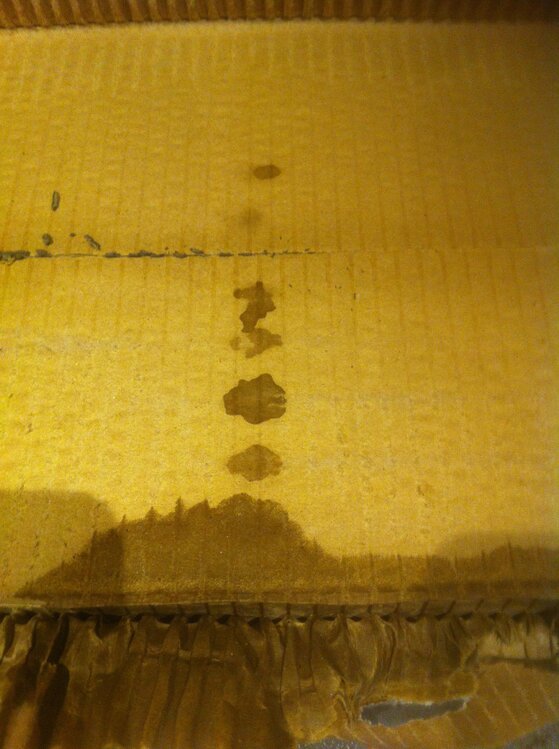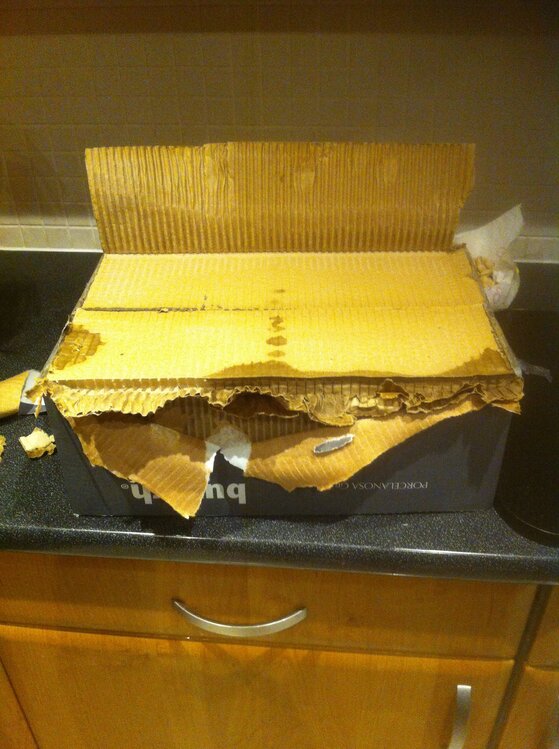R
Rizzle from the Portizzle
hi dan to be fair have a good look round the fourm and you can do a count how many bath shower rooms are tiled with small tiles how many with 600x300 and bigger . in london i would say small tiles and mosaicCould do with one replicating an actual wet room shower. Albeit on a small scale. So mosaic floor with a more course floor grout. 20 or so joints. Then wall grout on the sides with mosaics.
It's what I was expecting to be fair. Thought you'd have done something akin to that from the off.
Fair play for doing it though pal. Most people wouldn't give such a toss.
one in 200 shower rooms if that .and to balance this deans grout joint will be under far more presure with wieght of water constant .not like on off shower .


